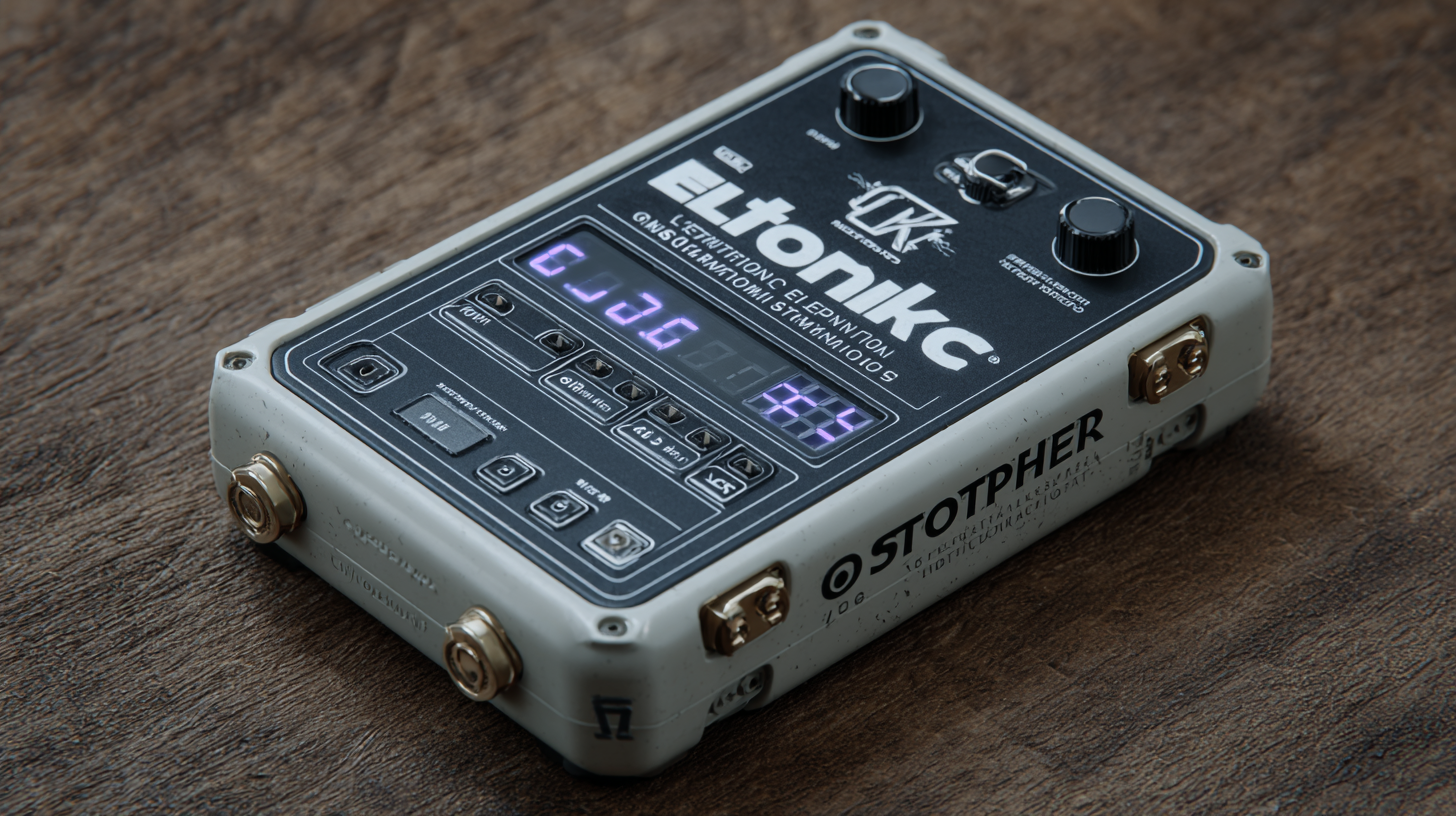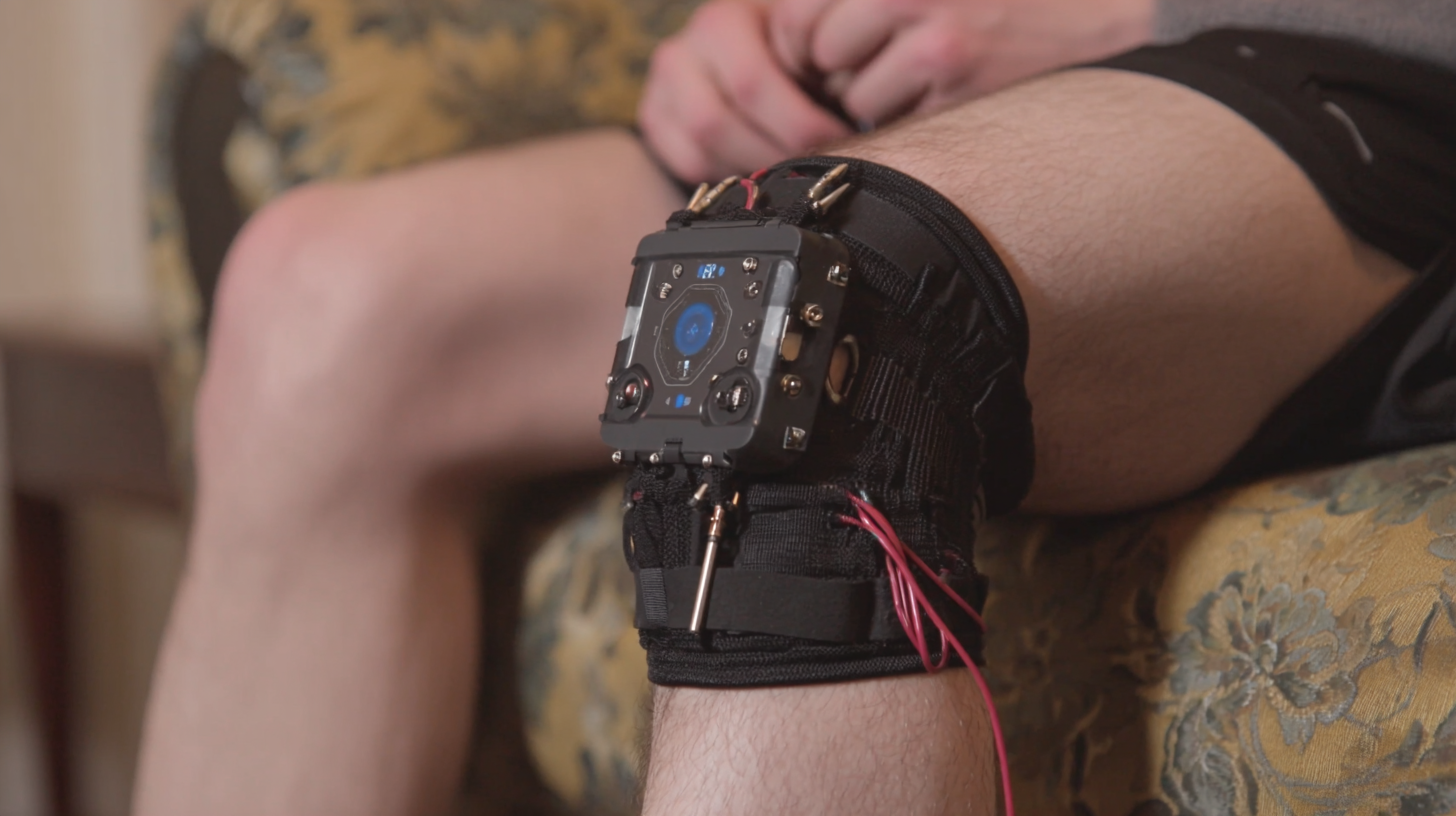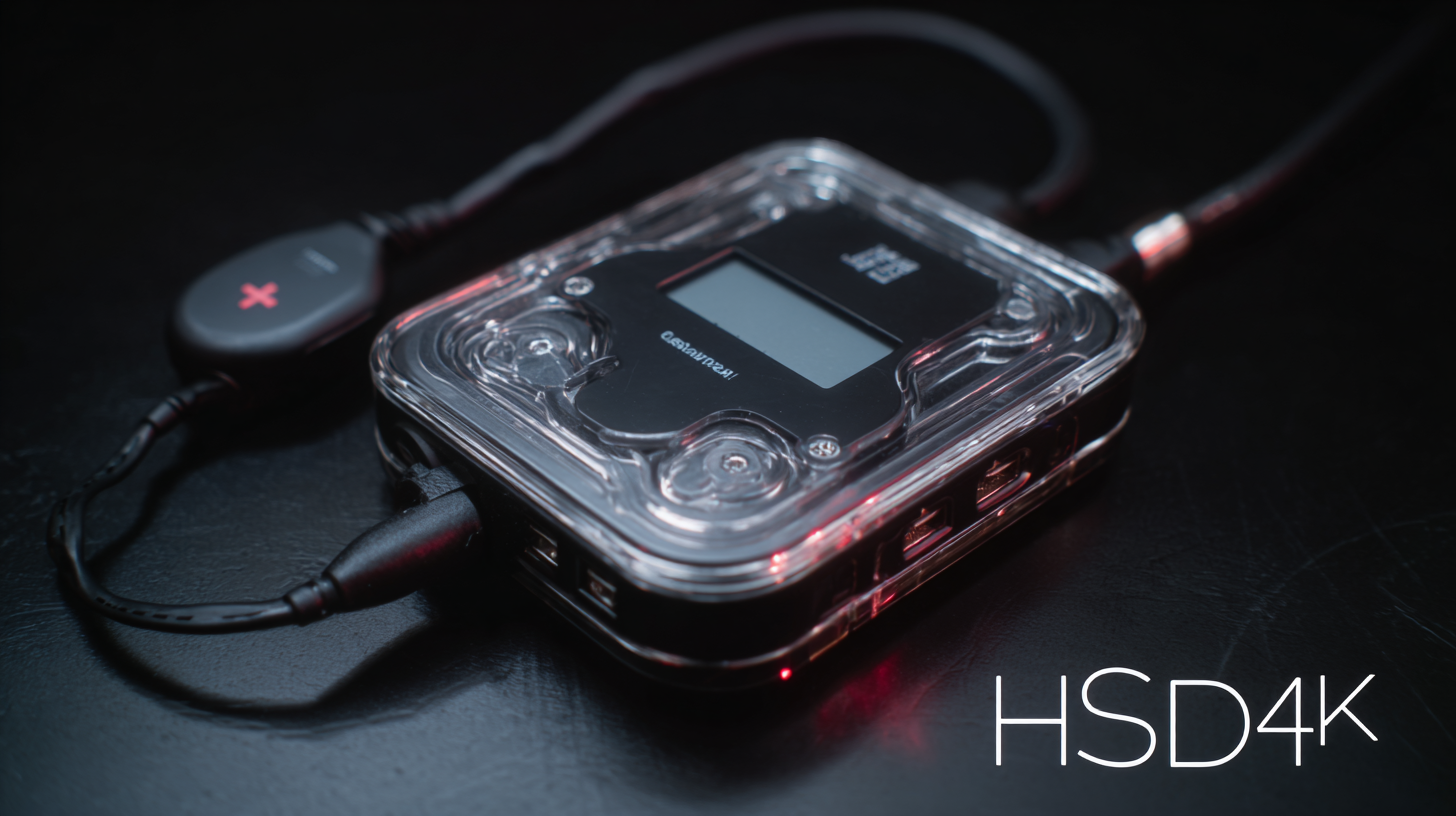In recent years, the field of orthopaedics has seen a surge in the development of innovative technologies aimed at enhancing recovery outcomes for patients. Among these advancements, the orthopaedic electrical stimulation device has emerged as a pivotal tool in promoting bone healing and reducing the need for surgical interventions. According to a report from MarketsandMarkets, the global orthopaedic devices market is projected to reach $62 billion by 2025, with electrical stimulation devices playing a significant role in this growth. These devices utilize low-frequency electrical currents to stimulate cellular activity, which can accelerate the healing process and improve functional recovery. However, as new alternatives continue to surface, exploring the diverse options available in the market becomes essential for healthcare professionals aiming to optimize patient care. This blog delves into various alternative options to the best orthopaedic electrical stimulation devices, shedding light on their efficacy and potential benefits.

When considering orthopaedic electrical stimulation devices, the significance of after-sales service cannot be overstated. A report from the Orthopaedic Journal indicates that effective after-sales support can greatly enhance customer satisfaction and device efficacy, crucial factors when dealing with long-term rehabilitation. As users seek reliable solutions for pain relief, the continued support from manufacturers can make a substantial difference in the treatment experience. This includes everything from product maintenance to user education, ensuring that individuals maximize their recovery potential.
Recent advancements in electrostimulation technology further emphasize this point. A study highlighted that wearable devices have shown promise in not only alleviating pain but also in preventing dependence on opioids, especially among younger populations. The ability to integrate these devices into everyday life can significantly boost compliance and outcomes. With proper after-sales support, users are more likely to adopt these technologies, facilitating better adherence to rehabilitation protocols and enhancing overall effectiveness. Thus, in the realm of orthopaedic care, the choice of device should be complemented by a thorough evaluation of the after-sales services provided, ensuring a holistic approach to recovery.
This chart illustrates the average rating of after-sales service quality provided by different orthopaedic electrical stimulation device categories. Service quality was rated on a scale from 1 to 5, with 5 being the highest level of satisfaction.
When considering the purchase of an orthopaedic electrical stimulation device, evaluating repair costs is essential. Just as car owners face depreciation and repair bills after accidents, customers in the healthcare sector must account for potential unforeseen expenses related to device maintenance. Recent reports highlight that electric vehicles often incur higher repair costs compared to their fuel counterparts, a principle that can similarly apply to medical equipment. Understanding the total cost of ownership, including repairs and replacements, is crucial to making an informed decision.
Tips: Before finalizing a purchase, research average repair costs associated with specific devices. Look into warranties and what they cover, as this can significantly impact long-term expenses. Additionally, consulting with healthcare professionals who use these devices can provide real-world insights on reliability and performance, similar to how a car owner might discuss vehicle reliability with peers.
Remember to consider the hidden costs of ownership. Just as a new car depreciates after a minor accident, orthopaedic devices can also lose value if not properly maintained. Seek out evaluations and consider requesting a breakdown of potential long-term costs associated with the device, including typical maintenance and parts replacement, to ensure you are fully informed before making a significant investment.

When considering repair support across leading orthopaedic devices, it is essential to analyze the efficacy and application of electrical stimulation methods. Recent studies indicate that these devices can significantly aid in the healing process. For instance, according to a report by the American Academy of Orthopaedic Surgeons, patients using electrical stimulation show a nail fixation success rate of up to 93%, compared to 76% for those without stimulation. This data highlights the critical role that these advanced technologies play in enhancing recovery outcomes.
Furthermore, the innovative features of modern orthopaedic devices have been developed to cater to specific patient needs. A comparative analysis found that the latest models offer improved adaptability and user-friendliness, with feedback mechanisms that adjust stimulation levels based on individual response. The Orthopaedic Device Market report also emphasizes a projected compound annual growth rate (CAGR) of 6.2% from 2021 to 2028, indicating a growing recognition of the benefits provided by these devices in the healing process. As healthcare providers seek to optimize patient recovery, these advances in orthopaedic electrical stimulation technology continue to solidify their position as a cornerstone in treatment strategies.
| Device Type | Manufacturer Support | Repair Time (Days) | Warranty Period (Years) | User Reviews (Out of 5) |
|---|---|---|---|---|
| Electrotherapy Device A | 24/7 Support | 7 | 2 | 4.2 |
| Electrotherapy Device B | Limited Hours | 10 | 1 | 3.8 |
| Electrotherapy Device C | Online Support | 5 | 3 | 4.5 |
| Electrotherapy Device D | Phone and Email Support | 8 | 2 | 4.0 |
When it comes to selecting the best orthopaedic electrical stimulation device, understanding how to maximize its potential through effective user guides and resources is crucial. These devices can significantly aid in rehabilitation, but proper usage is key to achieving optimal results. User manuals often provide essential instructions on settings, durations, and techniques that can enhance compliance and outcomes. Additionally, seeking out online forums and communities can offer valuable insights and personal experiences from other users, which may inspire confidence and new ways to incorporate the device into daily routines.
Moreover, resources such as instructional videos and webinars hold the potential to deepen your understanding of these devices. These platforms often break down complex concepts into digestible segments, allowing users to visualize proper techniques and gain mastery over their devices. By utilizing these user guides and resources, individuals not only increase their knowledge but also foster a more proactive approach to their healing journey, ensuring that they are well-equipped to make the most out of their orthopaedic electrical stimulation treatment.
When investing in orthopaedic electrical stimulators, the warranty options available can significantly enhance the overall value of the device. A comprehensive warranty not only provides peace of mind but also assures the user about the product's quality and durability. Many manufacturers offer warranties that cover defects in materials and workmanship, thereby protecting the consumer from potential financial burdens associated with repairs or replacements. Understanding the length and coverage of the warranty can help users make informed decisions when selecting the right device.
Moreover, the benefits of warranty options extend beyond the initial purchase. A solid warranty often indicates a manufacturer's confidence in their product, suggesting it is built to last. Additionally, some warranties may include service plans that offer regular maintenance and support, which can prolong the life of the device and enhance its performance over time. Ultimately, considering the warranty options when exploring orthopaedic electrical stimulation devices can lead to a more satisfying and secure user experience, ensuring that individuals receive the full benefits of their investment in rehabilitation technology.

*The content on this website is for general informational purposes only and should not be taken as medical advice. Please contact your physician or therapist to learn what therapy solution is suitable for your specific needs. Not all products, features, or indications shown are approved in all countries.